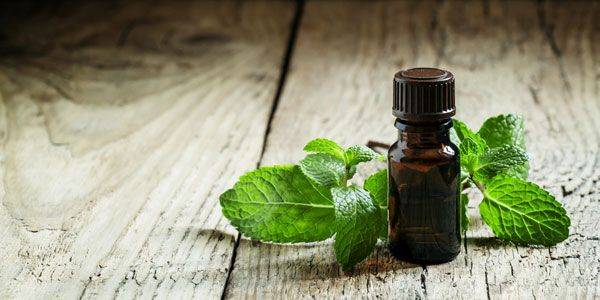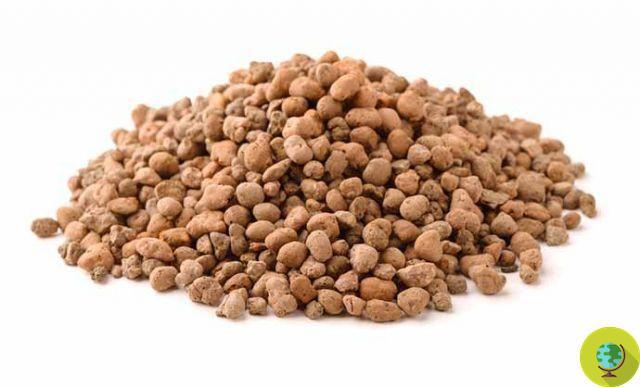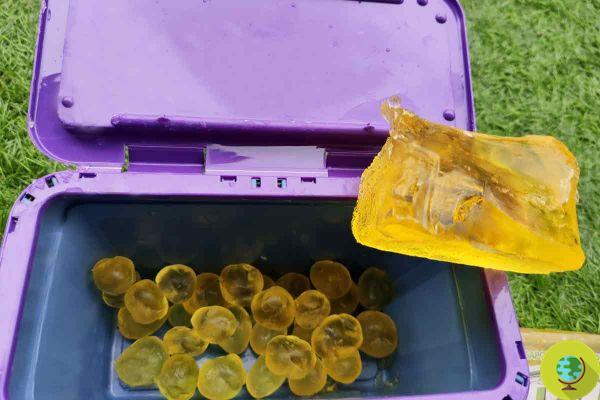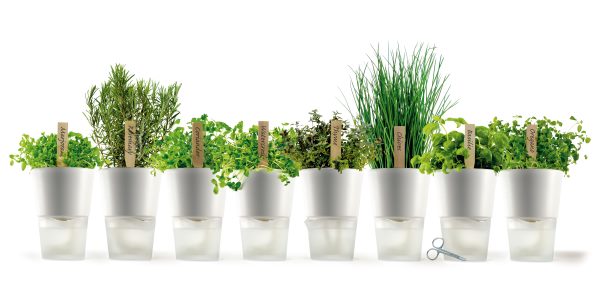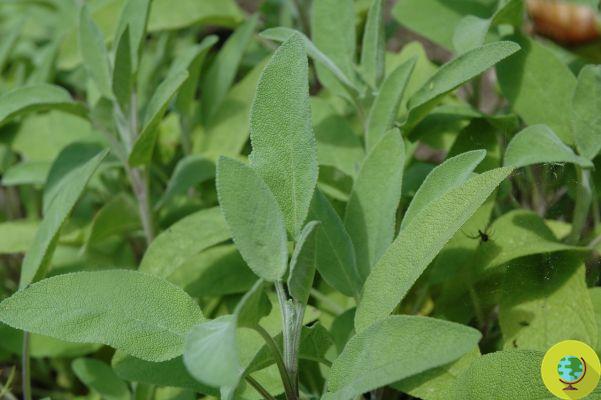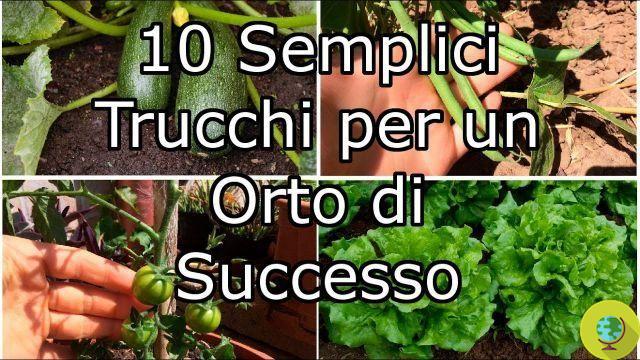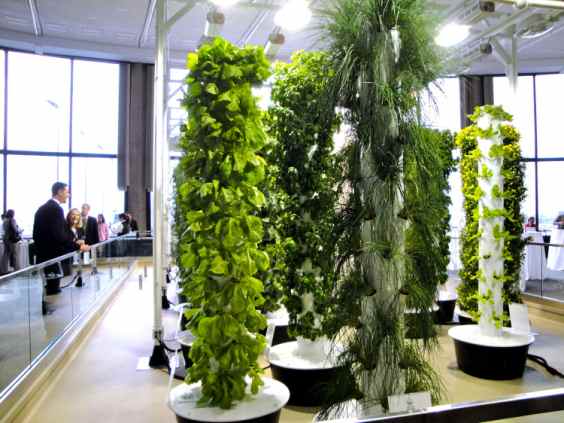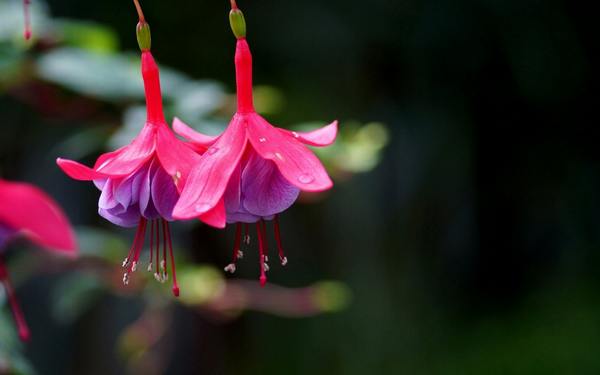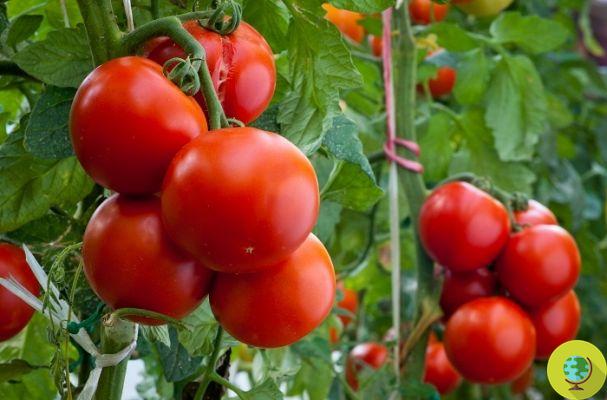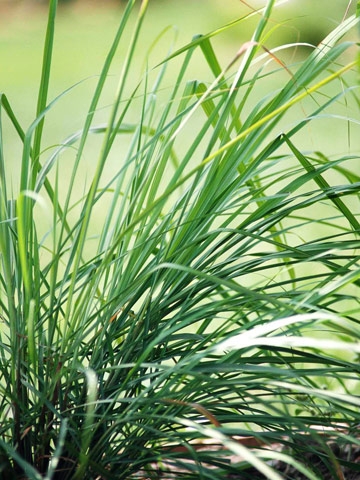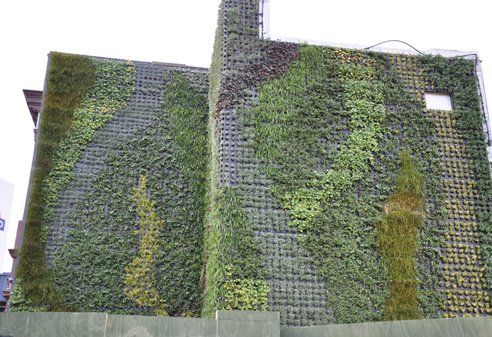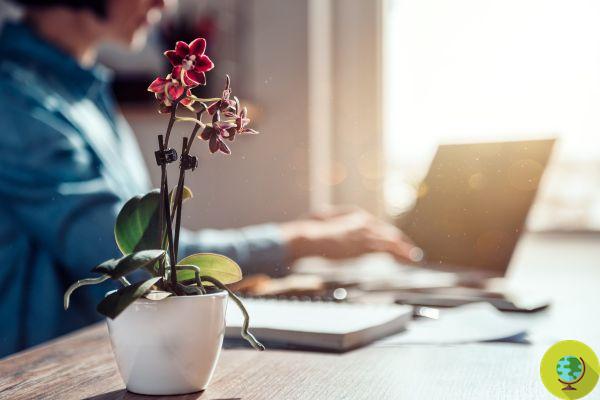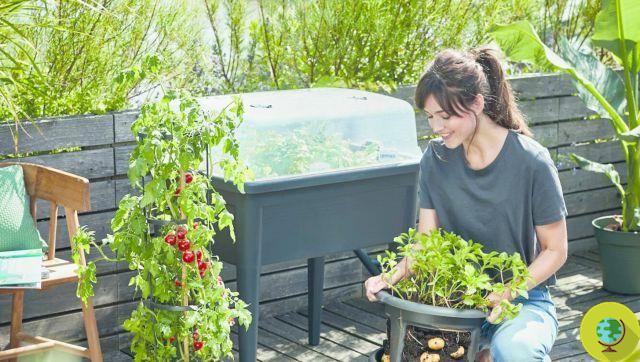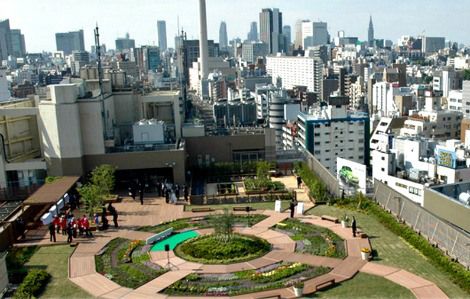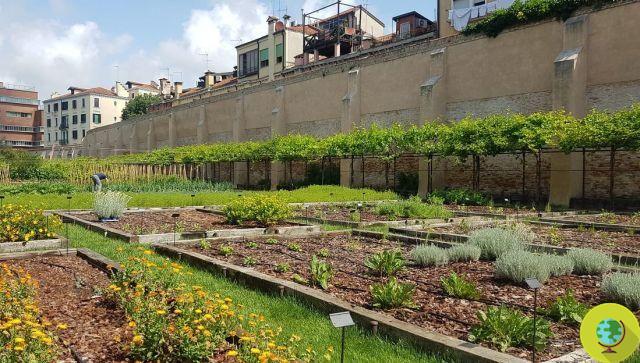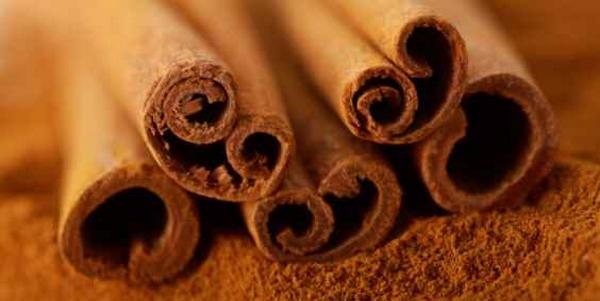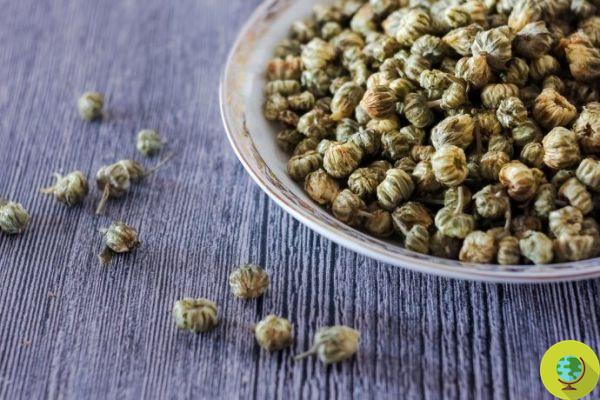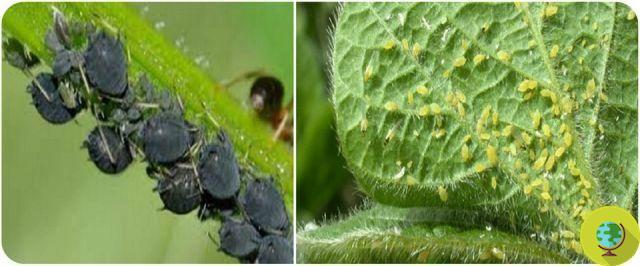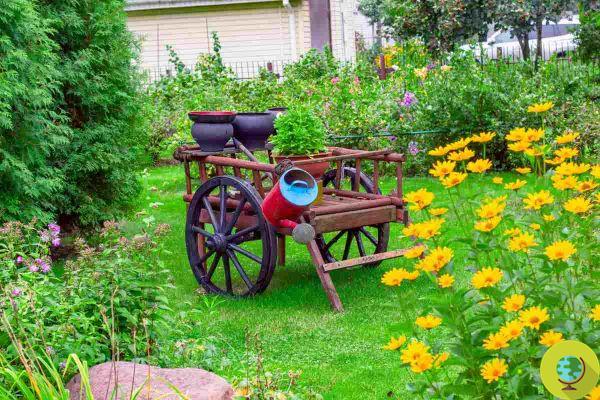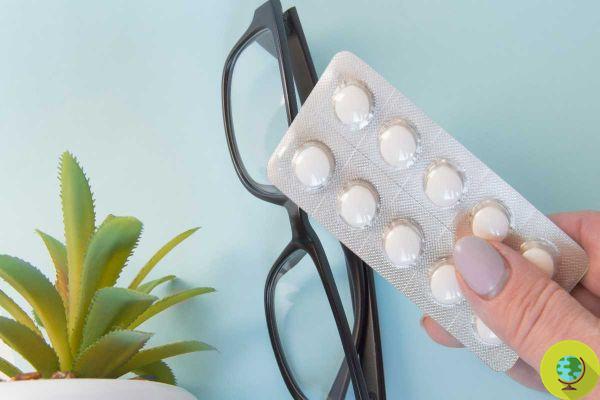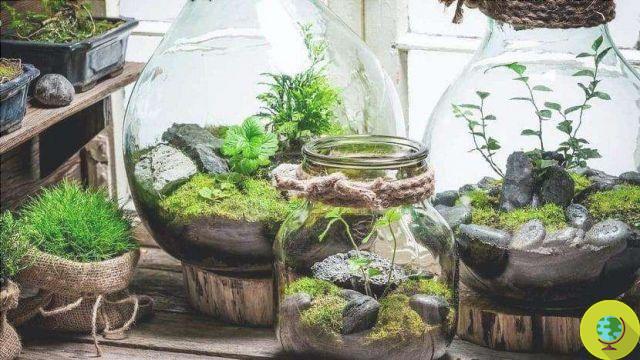
Terrariums are small miniature gardens, simple and inexpensive to make and suitable for growing plants even if you have little space and a black thumb.
He is about to end up run over, his mother saves himIndex
Why make a terrarium
Il terrarium or terrarium is a kind of miniature garden, made up of small plants grown in the ground. It is a microcosm that regulates itself, without the need for special care, because the water that evaporates from the leaves returns to the ground in a self-feeding cycle.
It is therefore a closed system, where with a few simple rules you can grow seedlings without necessarily having a green thumb. In fact, in the terrarium there is no need to fertilize, no need to over-irrigate or dry the water that condenses: inside, nature does everything by itself (or almost).
Who has little space or do not think they have a particular attitude towards cultivation, but want to have a green corner in their home or office, they will love the terrarium because of their simplicity.
How to make a DIY mini magnetic terrarium
What is needed and how to do it
To make a terrarium you need:
- a glass jar or bowl
- topsoil
- expanded clay
- pebbles of different sizes
- one or more seedlings
With regard to the choice of container, this depends on the type of terrarium to be obtained: for the closed terrarium, airtight jars are used; for open terrariums, round bowls or other sized bowls with not exaggerated opening. Once you have collected everything you need, the procedure for making the terrarium is quite simple.
First he places a handful of pebbles on the bottom of the jar, along with a few balls of expanded clay to drain. Then we proceed by adding a little topsoil and again the pebbles and the clay, to make three or more layers and fill about a third of the container.
At this point the seedlings, chosen according to the type of terrarium: in the closed terrarium plants that love humid environments are good, while in the open one it is better to opt for succulent or succulent plants. To arrange the seedlings, it is better to help yourself with a wooden stick that helps to move the earth without dirtying the leaves.
Once the plants have been arranged, a little activated carbon can be added and moss, even collected in nature, can be placed on the earth. Finally, everything is decorated with pebbles or shells, sprinkled with a little water and, in the case of closed terrarium, the jar is closed.
Which plants to choose
In closed terrariums humidity-loving plants such as ferns, peperomia, ivy, clusia, fittonia, dracena and ficus ginseng can be grown. In open terrariums succulent and succulent plants such as aloe, crassula and cactus are well suited. Some species are suitable for both open and closed terrariums: for example, pilea and senecio are part of this category.
Read also: Pilea peperomioides, how to grow and care for the coin plant
With regard to the plant size - or plants - this goes hand in hand with that of the container you have available. Generally terrariums are small, but there are also medium-large ones.
Where to place it and how to cure it
The terrarium should be placed in a bright place but not in direct sunlight. From spring to autumn it can be outdoors, but in the shade; during the winter months it is kept indoors, in a position where there is plenty of light. The jar (or bowl) must not be kept near heat sources, therefore it must be placed away from radiators, stoves and the like and must never be turned over. In both open and closed terrariums, the plants inside should be watered very moderately, only when you notice the absence of condensation on the glass of the container.
When you get the plants wet, better to use distilled water. The closed terrarium should never be opened, unless you notice gnats or excess water that cause spots on the leaves or softening of the plant: in this case it is good to open the terrarium to evaporate some of the water and restore the health of the terrarium.
Le manuring they are not necessary, but if the soil level drops, a little soil must be added; obviously plants grow in relation to the space they have available and the nutrients, so you have to evaluate how much you want to grow. When the plants inside the terrarium develop too much in relation to the container, they can be pruned or removed (and eventually replaced) and placed in pots, in the ground or in hydroponics.
Follow us on Telegram | Instagram | Facebook | TikTok | Youtube
Read also:
- The wonderful world of Miyazaki enclosed in a terrarium
- When terrariums become jewels to bring nature always with you (PHOTO)
- Succulents: the easiest cactus and succulent plant species to grow (PHOTO)
- How not to let these "easy" to grow houseplants die that are not that easy




